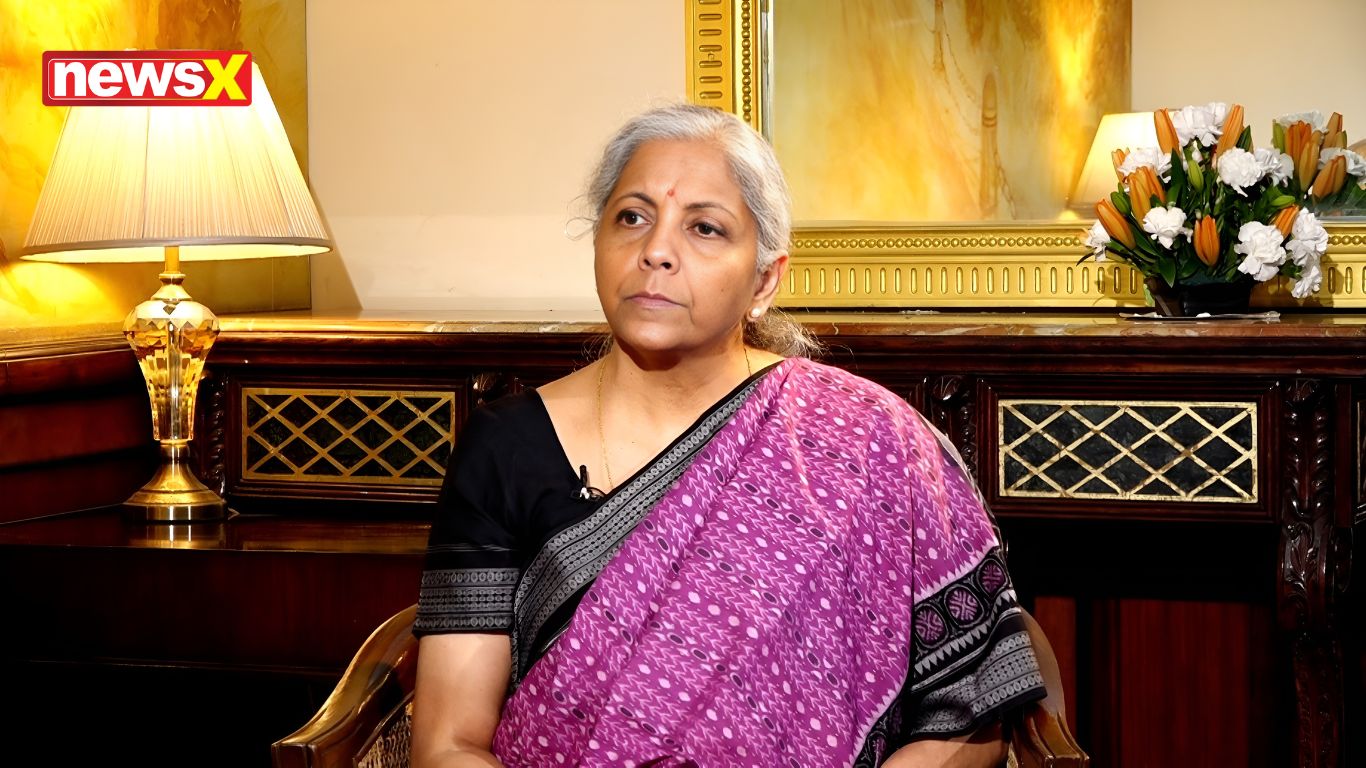During an exclusive interview with NewsX, Nirmala Sitharaman, a renowned Indian economist, politician, and key figure of the Bharatiya Janata Party (BJP), shared her insights on Ayodhya’s economic surge. As the Minister of Finance and Minister of Corporate Affairs in the Government of India since 2019, Sitharaman’s perspective carries significant weight. She underscored how Ayodhya’s status as a pilgrimage destination has surged, drawing an astounding 150,000 visitors daily. This surge, as noted by Uttar Pradesh Chief Minister Yogi Adityanath, has already bolstered GST collections by 20% over the past year.
Editor-in-Chief Rishabh Gulati asked FM Nirmala Sitharaman, ‘Ayodhya has become the largest religious tourism site in the world, with 150,000 people arriving every single day. The Chief Minister of U.P Yogi Adityanath says it’s already had an impact on GST collections in the past year, up by 20%. What is the economic potential of these religious tourism spots like Ayodhya, which have been created?’
Finance Minister Nirmala Sitharaman responded, ‘See, if I just go back a little bit, even when there were no facilities, infrastructure, roads, safety on roads, or accommodation, people would just go and stay in makeshift shelters, and people in India have moved around to visiting holy places. But today’s young Indians, who also want to continue the tradition, wonder why these places wouldn’t have the basic infrastructure.’
WATCH THE FULL INTERVIEW ON YOUTUBE
‘So in the last ten years, you would see the way in which infrastructure has been ramped up all over the country. And simultaneously with that, beneficial and useful policies have helped the hospitality sector, transport, and air travel. There is a clear understanding in the minds of people largely that it is very conducive for families to travel. And when this interest in different iconic centers has increased because of the government’s tourism-related policies, there is definitely a favorable impact on tourism,’ she added.
‘People are now feeling that it’s no longer the yesteryears when people had to stay in not-so-good places because there were no hospitality, hotels, caterers, or arrangements. Today, the world is very different within India. So domestic travel, particularly to religious places, pilgrimage sites, and places of spiritual value, is rightly seeing a boom because people can expect certain facilities, and they are getting it there. So this was waiting to be done for a very long time. I’m happy PM Modi really brought emphasis on this,’ she concluded with a sense of fulfillment and satisfaction.
Ayodhya draws pilgrims from all over, shining a light on India’s diverse culture and beliefs. The growing number of visitors not only strengthens the country’s spiritual roots but also boosts the economy, showing how religious tourism and financial success go hand in hand.
ALSO READ: ‘PM Modi Wants To Crush AAP’: Arvind Kejriwal Addresses The Masses
ALSO READ: Anurag Thakur Discusses Modi 3.0, Quota Policies, And The Battle Of Narratives | NewsX Exclusive


















